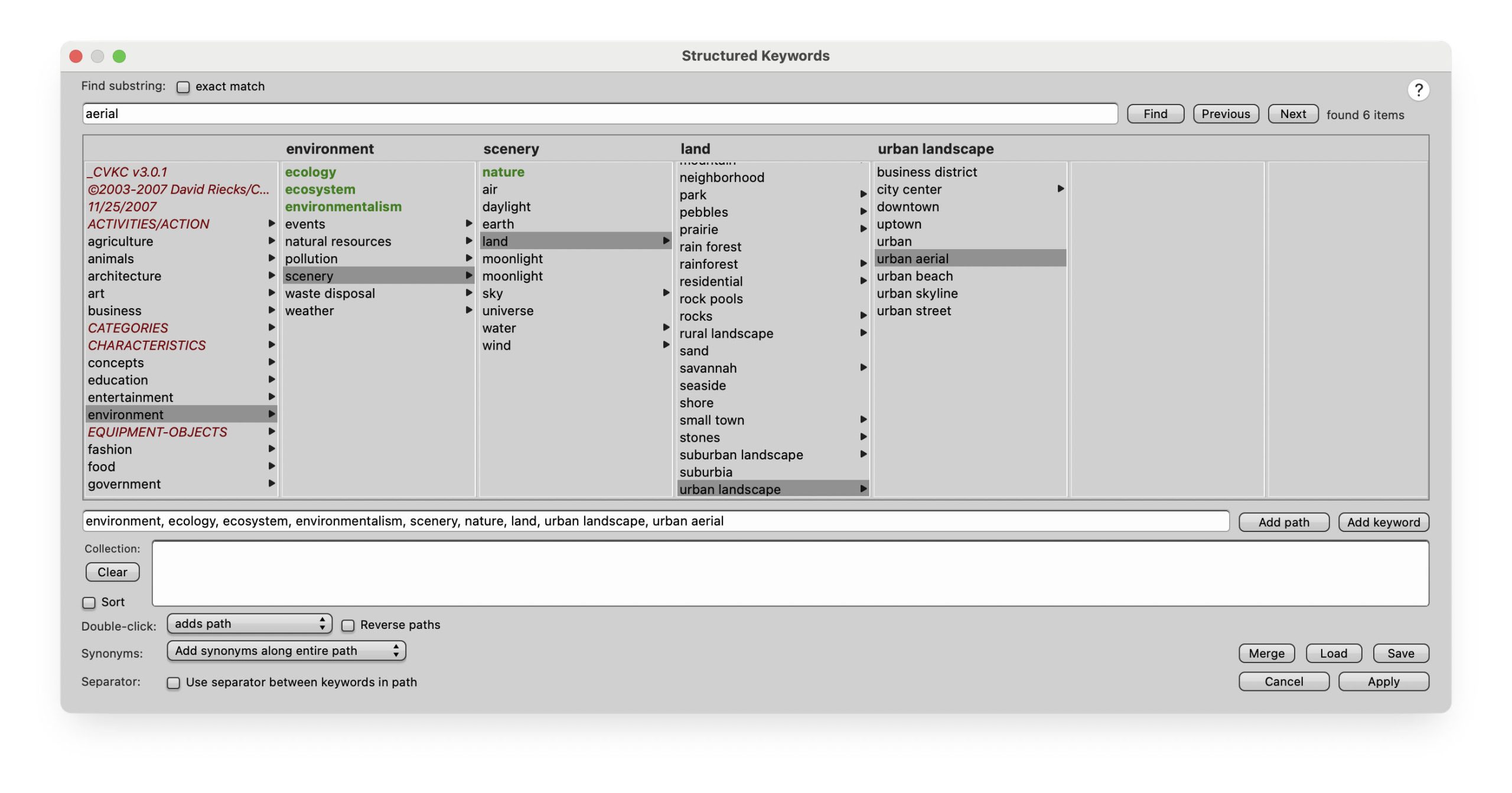In today’s digital age, visual content is more important than ever for organizations. Photos play a crucial role in conveying information, Whether for marketing, documentation, or internal communication. However, the sheer volume of images can make it challenging to find the right picture when needed. This is where a well-structured custom keyword list comes into play. You can significantly enhance photos’ searchability and streamline your organization’s workflow by tagging photos with relevant metadata. In this blog post, we’ll explore creating your custom-structured keyword list to improve photo metadata and search capabilities.

1. Understand Your Organization’s Needs:
Before you begin crafting your keyword list, you must clearly understand your organization’s goals, industry, and the types of images you’ll be dealing with. Identify the primary categories and themes relevant to your organization. For instance, an e-commerce company might need keywords related to products, while a travel agency might require keywords for destinations.
2. Collaborate with Stakeholders:
Involve key stakeholders from various departments in the keyword list creation process. Their input can provide diverse perspectives and ensure that the list caters to everyone’s needs. This collaborative approach helps in capturing a comprehensive range of keywords.

3. Brainstorm Relevant Keywords:
Gather a group of individuals who are familiar with your organization’s content and initiate a brainstorming session. Encourage participants to think creatively and suggest keywords that reflect different aspects of your visual content. Think about nouns, adjectives, verbs, and location-based keywords that can describe your images accurately.
4. Organize Keywords into Hierarchies:
Group similar keywords into hierarchical structures or categories. This step enhances the organization of your keyword list, making it easier to navigate. For instance, if you’re a fashion retailer, you could have hierarchies like “Clothing > Women’s Clothing > Dresses > Summer Dresses.”

5. Prioritize and Refine:
Not all keywords will be equally important or relevant. Prioritize keywords based on their frequency of use and importance to your organization. This step helps streamline the search process by giving more weight to the most commonly used terms.
6. Consider Synonyms and Variations:
Language is diverse, and people might search for images using different terms. Include synonyms, alternate spellings, and variations of keywords to ensure comprehensive coverage. For instance, if your organization deals with “automobiles” and “cars,” include both terms.
7. Incorporate Metadata Standards:
Adopt widely used metadata standards like IPTC (International Press Telecommunications Council) to ensure compatibility with various software and systems. This standard includes fields for keywords, captions, and other essential metadata.

8. Test and Refine:
Before finalizing the keyword list, conduct a testing phase. Apply the keywords to sample images and see if the search results match your expectations. Adjust and refine the list as needed based on this testing.
9. Train Your Team:
Introduce your custom keyword list to your team and provide training on using it effectively. Explain the importance of consistent keyword application and its benefits to the organization’s workflow.
10. Regularly Update and Adapt:
Industries evolve, and so do the keywords that define them. Set a schedule to review and update your keyword list periodically. This ensures your list remains relevant and aligned with your organization’s changing needs.
Creating a custom-structured keyword list is an investment that pays off through improved searchability, streamlined workflows, and efficient content management. By understanding your organization’s goals, collaborating with stakeholders, and applying a systematic approach, you can build a keyword list that transforms how your organization interacts with its visual content.

